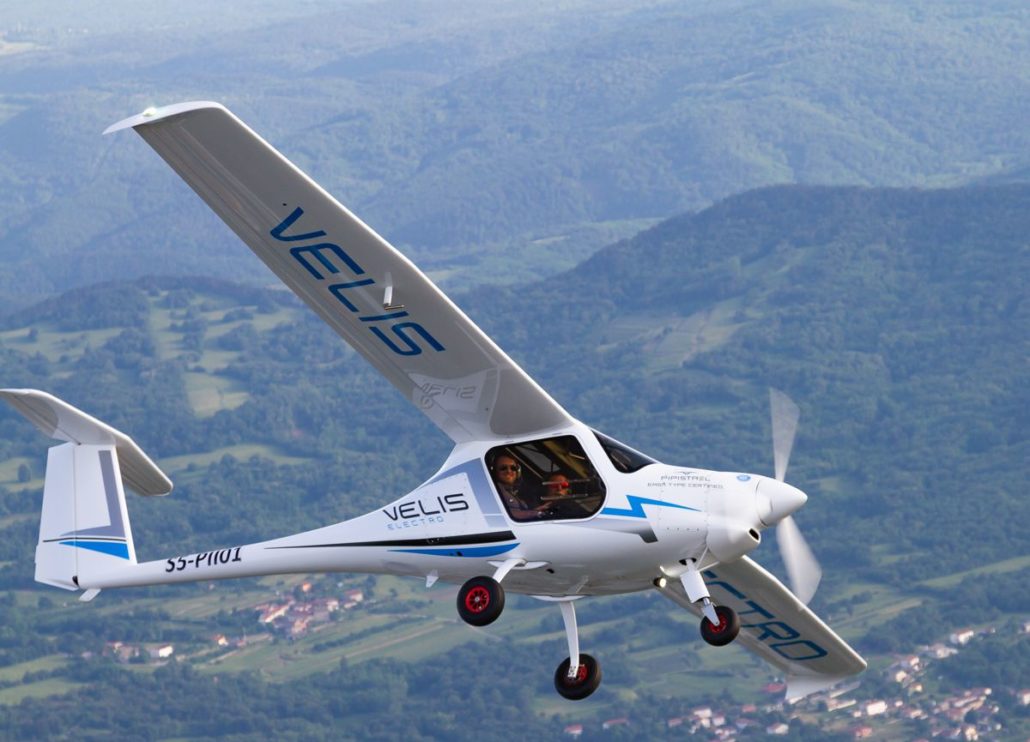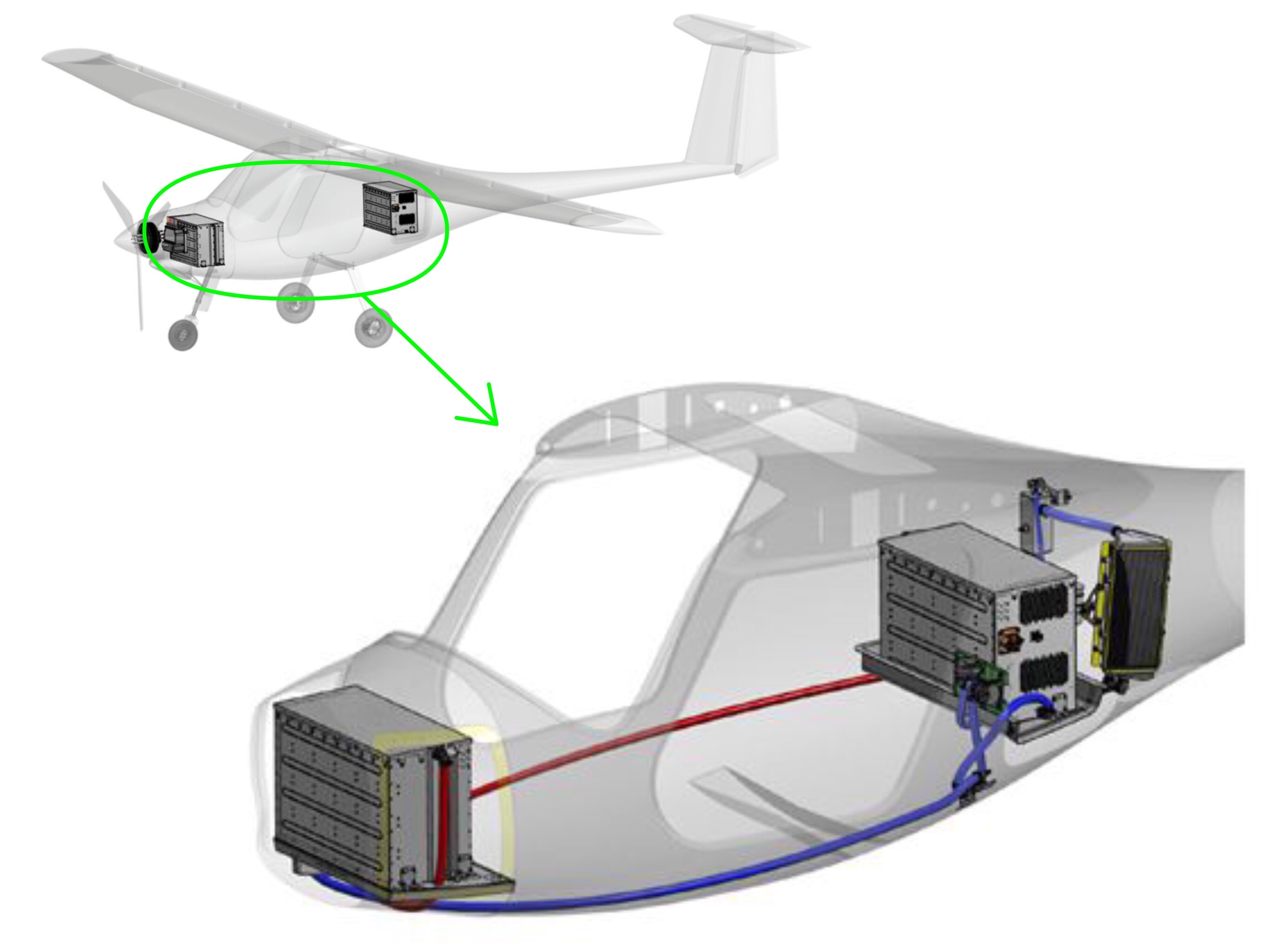- Inspiring People -
- 5mins -
- 507 views
100% electric plane certified by EU regulator in world-first
The world’s first fully-electric powered aeroplane can officially take to the skies after being Type-Certified by the European Aviation Safety Agency (EASA).
Massive step forward in battery-powered flight, says regulator
Last month, the European Aviation Safety Agency (EASA) granted an electric aircraft worldwide certification to operate, in what the regulator hailed as a massive step forward in battery-powered flight.
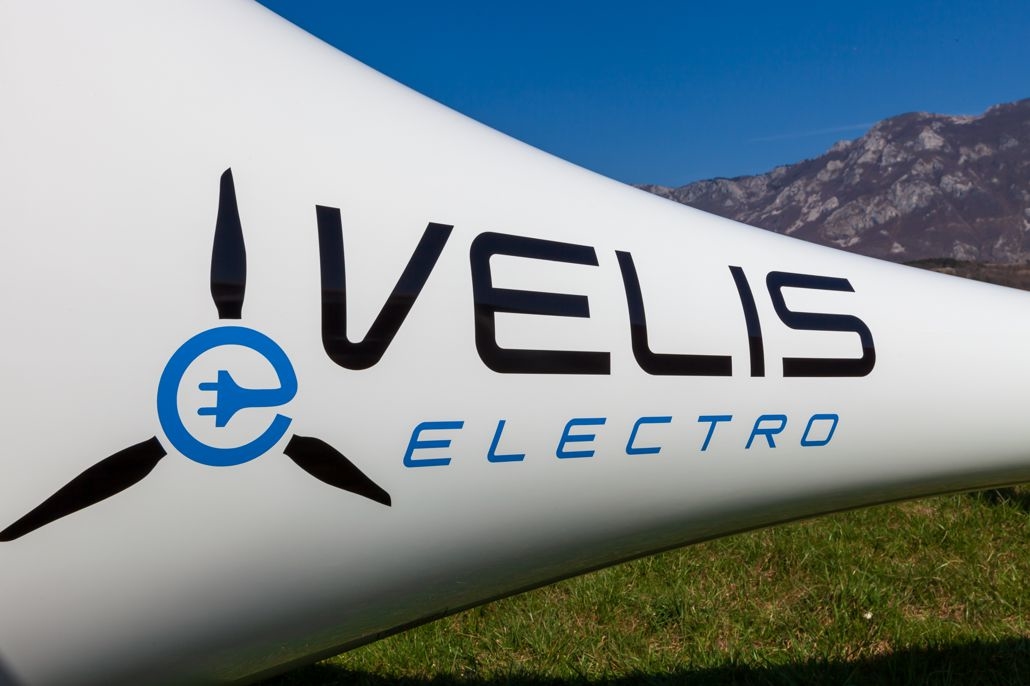
The first step towards the commercial use of electric aircraft
On Wednesday 10 June, the European Aviation Safety Agency (EASA) announced that it had completed its type-certification* of the Velis Electro, a two-seater plane capable of up to 80 minutes of flight, built by aerospace company Pipistrel Aircraft, headquartered in Slovenia.
The Pipistrel Velis Electro is powered by an electric motor fed by two battery packs and can carry up to 600kg. Recharge time varies between 40 to 70 minutes, making it well suited to its intended function as a training aircraft.
“This is the first step towards the commercial use of electric aircraft, which is needed to make emission-free aviation feasible. It is considerably quieter than other aeroplanes and produces no combustion gases at all,” said Pipistrel Aircraft CEO Ivo Boscarol.
“It confirms and provides optimism, also to other electric aircraft designers, that the Type Certificate of electric engines and aeroplanes is possible,” he said, adding that the engine is available to other aircraft builders, given that it was certified separately from the plane.
EASA Executive Director Patrick Ky hailed it as “an exciting breakthrough”, adding that the Pipistrel will be the first of many e-planes his agency will certify “as the industry pursues new technologies to reduce noise and emissions and to improve the sustainability of aviation.”
The agency was able to complete its work within three years thanks to close collaboration with the Slovenian company. EASA said the experience had improved its own understanding of how batteries and electrical systems work on board aircraft.
*A type certificate signifies the airworthiness of a particular category of aircraft, according to its manufacturing design. It confirms that the aircraft of a new type intended for serial production, is in compliance with applicable airworthiness requirements established by the national air law.
Source: Euractiv
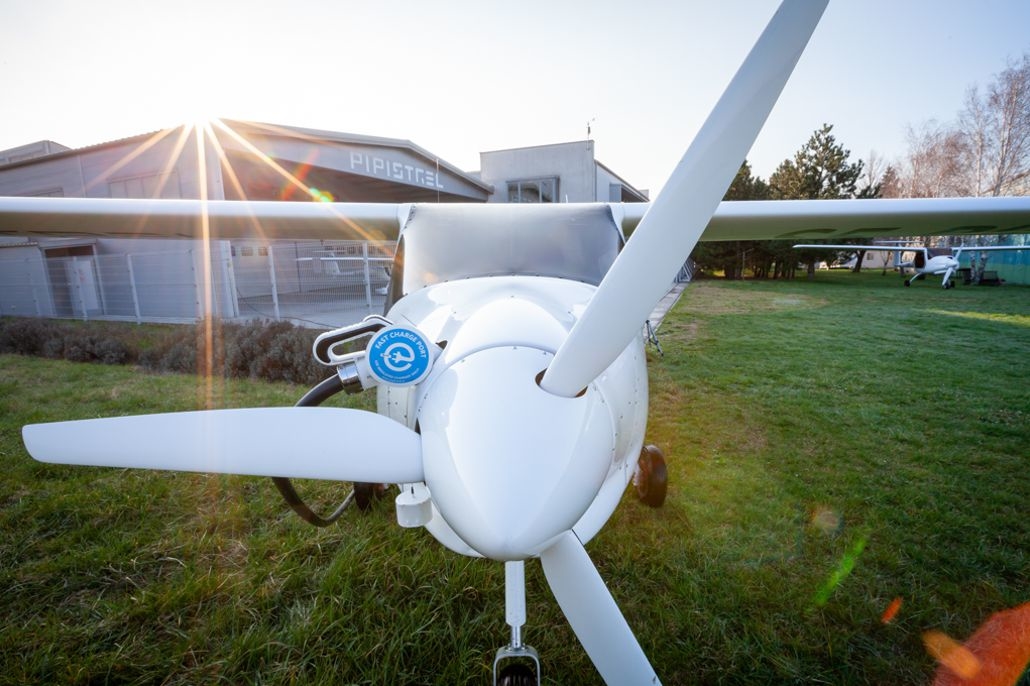
What’s happening in the world of e-aviation
France’s government also gave e-aviation a major boost last month when it unveiled its €15 billion aerospace aid package, which includes a €1.5 billion research and development fund earmarked for developing new ways of fuelling aircraft, as reported at the time by Euractiv.
According to the plan, France’s aerospace sector – which includes industry giant Airbus – should work towards putting a zero-emission airliner into service by 2035, powered by hydrogen or more sustainable fuels.
It also sets a target of developing a regional aircraft that could be powered by electric-hybrid engines, which would be better suited to the shorter distances involved in short-haul journeys.
Airbus recently shelved a long-term project aimed at testing an e-hybrid jet next year, citing the economic slump provoked by the coronavirus crisis. Both Airbus and its partner in the project, engine-builder Rolls-Royce, have announced that big job losses are on the cards.
The drive to clean up aviation’s act is gaining momentum regardless.
- At the end of May, a nine-seater Cessna, fuelled purely by battery power, completed a 30-minute flight over the skies of Washington state.
- In China, a flying-taxi drone was reportedly demonstrated for the first time. It can carry two passengers and travel at around 100km/h, also powered by batteries. It faces significant regulatory obstacles in Europe, as it is likely to be treated like a normal aircraft, making its use in urban areas potentially problematic.
European transport ministers also have aviation in their sights. Last week, six of them signed a joint letter urging the European Commission to draw up a framework for sustainable fuels that can be produced using renewable energy.
The price of producing such fuels is currently too high for airlines to consider using them, so it is likely that the market would need subsidies to get it moving. Although just six ministers signed up, they did include Germany, France and Spain, three of the EU’s biggest aviation players.
Source: Euractiv
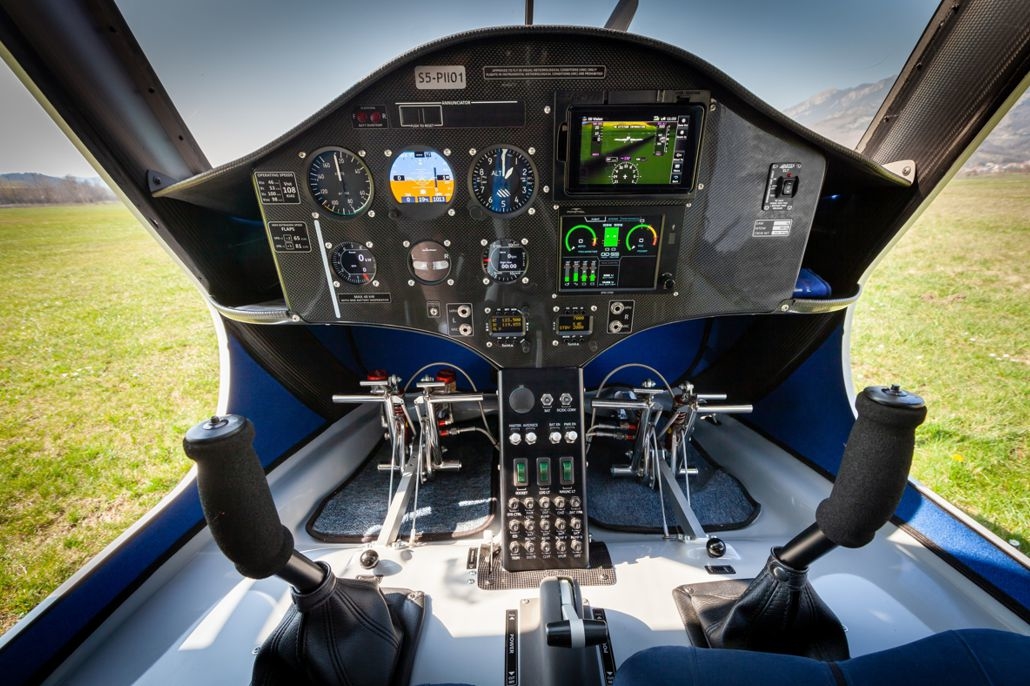
This tiny battery-powered aircraft really could be a game changer
The sceptics will say this is so far away from having any serious impact, but it’s undeniably a start. Consider the plummeting costs of solar energy in recent years, and the incredible technological advances we’ve see in that space; or the price drop we witnessed with the mobile phone… or GPS. Those were all incredibly expensive technologies at first, and could do almost nothing by comparison to the iterations of today.
When you consider how much aviation contributes to greenhouse emissions, innovation in this direction is vitally important. We need to be taking trains for shorter journeys. Hyperloops will soon be coming for the longer distances. Granted, these planes may not be the answer to everything all at once, but they fly in the face of traditional polluting planes, and that’s a great start.
